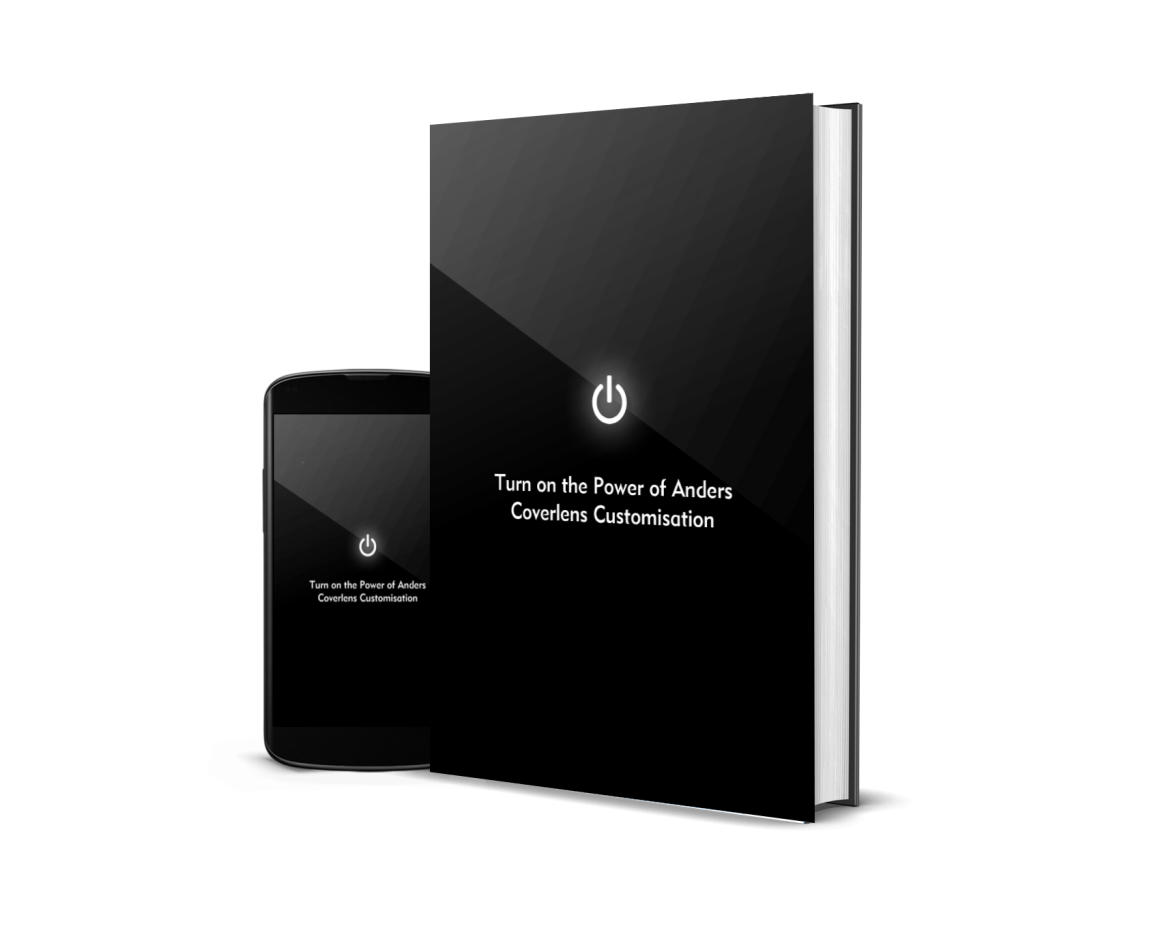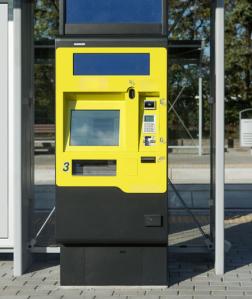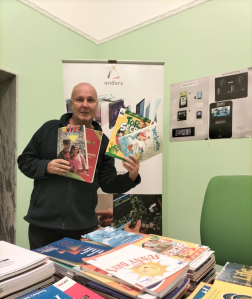You will always want your user interface to get looks and likes, to capture people’s attention and inspire their imagination. You can use colours, on-screen animations, even change the outline of your display to achieve these goals.
Sometimes, though, it’s not about the appearance alone. You may need to add a tactile aspect to enhance the user experience, or to ensure accessibility for people with visual impairments. Accessibility is important everywhere, in retail applications, digital signage, smart cities, transportation, ticketing; if you’re competing for a tender, your prototype could stand out from the rest by offering an elegant solution.
Touch bumps and spot-facing for a tactile feel
Coverlens surface treatments can do this in a neat and attractive way. Working with our partners, we can apply a process such as spot-facing or touch-bumping. It can be 100-percent effective as well as economical and competitively priced.
You can design these spot-faces or touch-bumps to be in the same places as touch-sensing electrodes behind the coverlens or to correspond with the positions of soft buttons.
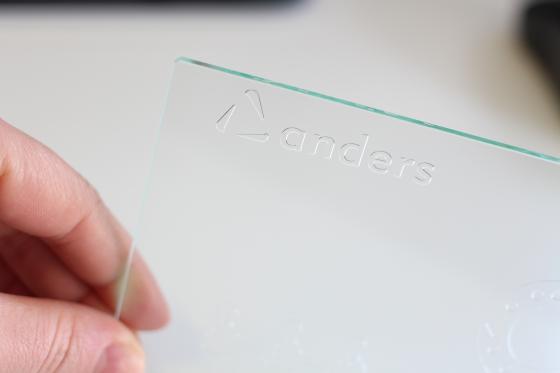
They do not affect touch-sensor performance or any coverlens coatings. The result can be attractive too, adding texture and interest to the front panel as an extra dimension to user engagement.
A tactile touchscreen can help in safety critical applications
You can use either of these processes to provide valuable extra feedback for the user, confirming that they have connected with the interface to get the response they wanted. In addition to enhancing accessibility, they are also valuable in applications such as an automotive touchscreen, to help drivers use the controls they need without distraction, or to promote safe use of industrial machinery or medical devices.
The smooth finish that’s particularly associated with spot facing is also great where hygiene is required, such as in food production or pharmaceutical manufacturing. You can also engrave a pattern such as a logo or border.
Spot facing is a chemical engraving process applied to targeted areas of the coverlens to reduce the thickness in those places. They can be in a small number of places, say over a handful of touch switches, or a larger array for a numeric keypad or maybe even a qwerty keyboard.
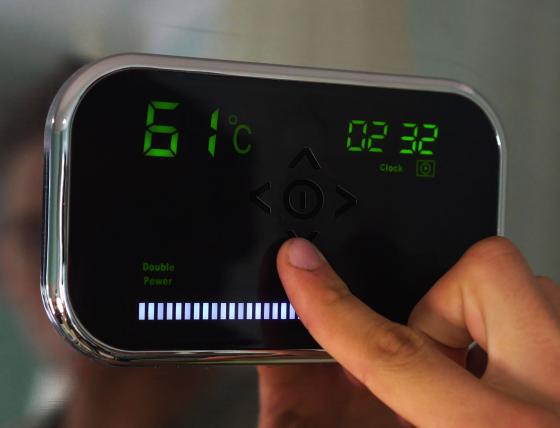
Touch bumping is almost the opposite to spot facing. It creates raised areas on the coverlens that can work in the same way as spot-faced recesses.
Choosing one or the other may simply be a matter of whether you prefer bumps or dips. Why not let us help you make the decision. It’s worth being sure that this extra dimension to your coverlens works in harmony with the other aspects like shape, colour, and the visual layout, to make your user interface everything it can be.
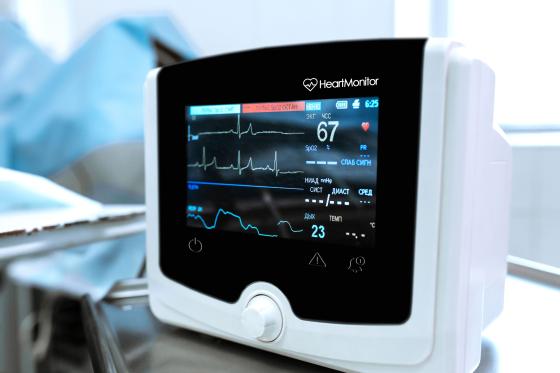
Previous blogs in this series discussed opportunities for styling the coverlens for that extra WOW factor, designing a coverlens to enhance functionality ensuring long life of your coverlens through durable designs and giving additional safety to the user and device through careful consideration of material and finish.
Most projects are subject to a multitude of constraints, such as cost, power, reliability. Navigating the options available to meet all performance targets, within the desired turnaround time, can be challenging. We’re here to help with that. We’ve designed countless user interfaces to stand up to threats ranging from a brush with a coffee cup to extreme forces of nature and intentional violence. Tell us what you need to achieve, and we’ll help you ensure the most resilient and cost-effective solution. Get in touch to discuss your project.
Want to know more? Download your brochure 'Turn on the Power of Anders Coverlens Customisation' by completing the form below!
